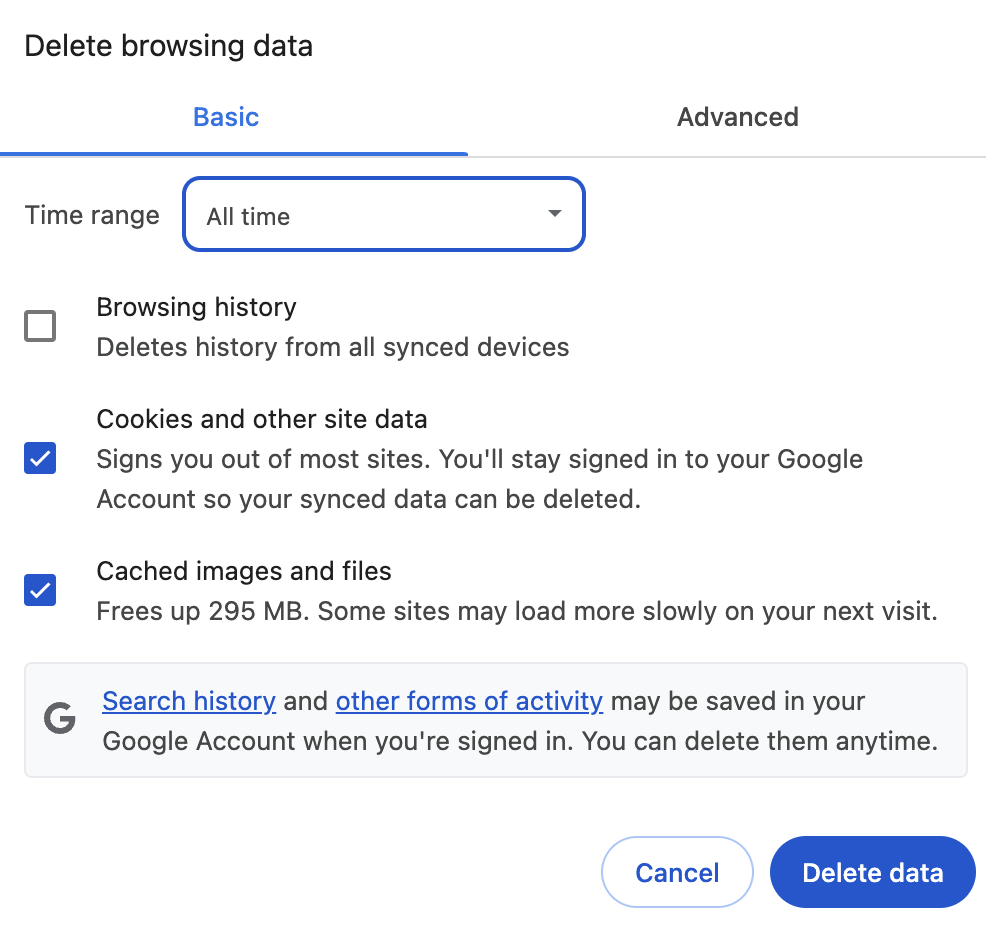
The latest GCP database updates and what they mean for your production systems, dev workflows, and architecture
📝 This Week’s Story: Scaling Reads with the New Cloud SQL Read Pool
Look at any modern architecture diagram. You’ll see a primary database instance, a set of read replicas, and a single, clean box labeled “Read Endpoint.” That simple box represents a clean entry point, but for any engineer who’s been in the industry for a while, it also represents the ghost of a thousand complex problems — a history of engineering toil that, thankfully, is now optional.
For years, that “Read Endpoint” wasn’t a feature you could enable; it was a career. When a service needed to handle more read traffic than a single primary could bear, adding replicas was the easy part. The hard part was teaching the application how to talk to them.
This became our great, invisible challenge.
The Biography of a “Solved” Problem
A decade of brilliant people, at thousands of companies, all solved this exact same problem in slightly different, brittle, and non-portable ways. It was a colossal waste of human ingenuity, and it generally took two forms.
School 1: The Application-Side Burden
The first school of thought pushed the complexity directly onto the application. Infrastructure teams would hand a static list of replica IP addresses to the development team and say, “Good luck.”
Their code had to become a miniature network engineer. It needed to:
- Pull a random IP from the list for new connections.
- Handle connection failures gracefully.
- Retry failed connections with a different IP.
- Implement logic to mark a downed replica as “dead” for a period before retrying.
This was a disaster. It violated a core architectural principle: it mixed infrastructure awareness deep into the business logic. Every new microservice had to relearn this clumsy, error-prone dance.
School 2: The Handcrafted Proxy Era
The second, more enlightened school of thought tried to solve this with a proxy layer. This was the age of the handcrafted load balancer.
We would spin up dedicated VMs, install HAProxy or similar software, and then meticulously write configuration files that looked more like arcane rituals than code. We would list the IP addresses of each read replica, define TCP health checks to ping them, and create a single virtual IP (VIP) for the application fleet to use.
This was better, but it was a fragile tower of our own making.
I remember a team preparing for a major product launch. For two solid weeks, their entire database engineering effort wasn’t about optimizing queries or tuning the schema. It was about building and testing their HAProxy layer. When a read replica failed its health check, would the proxy remove it from the pool gracefully? When they added a new replica to handle the launch-day load, how quickly would the proxy detect it?
They weren’t database engineers anymore; they were bespoke network appliance specialists. Their success was measured not in query latency, but in the resilience of a brittle, hand-wired system that stood between the application and its data.
The Breakthrough: What if the Database Provided the Load Balancer?
The innovation, like all great leaps, came from a simple, almost heretical question: What if the endpoint wasn’t just a dumb port, but an intelligent gateway that understood its own topology?
This is the entire philosophy behind Cloud SQL Read Pools, which is now Generally Available (GA).
A read pool isn’t just a feature; it’s the culmination of that entire history of toil, delivered as a managed, native service. When you enable it, you get a single, stable endpoint. But behind that endpoint, Cloud SQL manages the entire lifecycle.
Here’s what it does for you, out of the box:
- Single Endpoint: Your applications connect to one consistent hostname. This connection string never changes, no matter how many replicas you add or remove.
- Connection-Level Load Balancing: The service automatically performs connection-level load balancing, ensuring that new requests are spread evenly across all healthy replica nodes in the pool.
- Automatic Health Checking: The pool constantly monitors the health of its member replicas. If a replica becomes unresponsive or falls too far behind in replication, the read pool automatically and gracefully stops sending new connections its way until it recovers.
- Dynamic Membership: When you add a new read replica to your primary instance, it automatically joins the pool and begins receiving traffic once it’s healthy and caught up. When you delete a replica, it’s drained and removed gracefully without application-side errors.
From Two Weeks of Toil to a Single Setting
Think back to that team preparing for their launch.
Today, they wouldn’t spend two weeks building a proxy. To prepare for the launch-day spike, they would simply navigate to their instance in the Google Cloud console (or fire a single API call) and increase the number of nodes in the read pool from three to ten.
Done.
The single endpoint wouldn’t change. The application wouldn’t need a restart, a configuration push, or any awareness that the underlying topology just 3x’ed. The entire, complex art of read traffic distribution has been abstracted away into a single number you can dial up or down.
This is the velocity that is unlocked when we stop forcing every engineer to re-solve the same plumbing problems. You get to focus on the data, not the pipes. This relentless focus on abstracting away yesterday’s operational burdens is how you build faster, scale safer, and let your teams focus on what truly matters. 🚀
🗓️Upcoming Events
Don’t miss our 2 upcoming events, covering key topics like AI agents, Bigtable’s SQL interface, and Firestore’s MongoDB compatibility.
Agentic AI in Action: Build an MLB Analytics Agent
Date: September 30, 2025
Category: CloudOnAir
Join this hands-on lab to create a baseball scout agent that analyzes MLB matchups using the Google Agent Development Kit (ADK). By the end of the session, you’ll build and deploy an intelligent agent on Cloud Run, capable of providing detailed pitcher-batter matchup analysis between two MLB teams. This hands-on lab is ideal for developers and practitioners interested in programmatic AI agent creation and curious about turning data into intelligent, automated decisions.Prerequisites: Participants should be comfortable with exploring Python code, Web APIs, running scripts and commands at the command-line/terminal, and exploring SQL queries.
Register to Agentic AI in Action: Build an MLB Analytics Agent
Beyond Basic SQL: Unlocking Deeper Insights with Advanced and Innovative SQL
Date: October 7, 2025
Category: CloudOnAir
Unlock the power of advanced SQL! This webinar explores powerful aggregation functions like GROUPING SETS, user-defined aggregates, approximate aggregations. We’ll also dive into innovative features like MATCH_RECOGNIZE for pattern matching and how to simplify your queries with pipe syntax. Elevate your data analysis skills and write more efficient and readable code. Join us to master these cutting-edge techniques.
Register to Beyond Basic SQL: Unlocking Deeper Insights with Advanced and Innovative SQL
Source Credit: https://medium.com/google-cloud/google-database-digest-forget-the-proxy-scaling-reads-with-the-new-cloudsql-read-pool-12-09-25-168891a63fb7?source=rss—-e52cf94d98af—4




